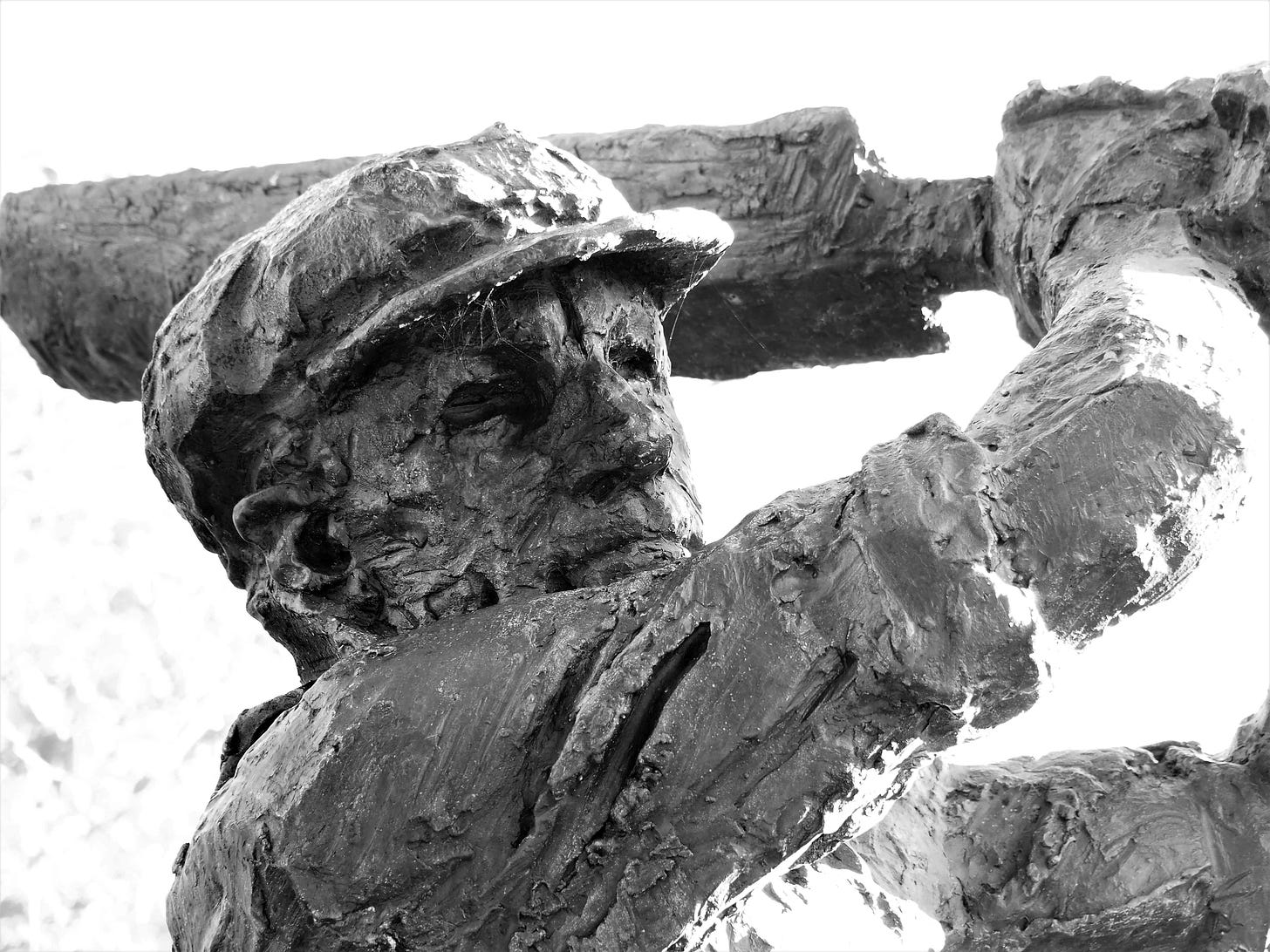Location
Pennington Gardens adjacent to the Adelaide Cricket Oval
Description
Larger than life bronze figure in full cricketing flourish, completing an exquisite drive, eyes firmly fixed on the eastern horizon. Mounted on a large granite plinth.
Unveiled 25rd February 2002
In 1998, cricket aficionado and President of the World Bow Tie Day, the Hon Legh Davis, lobbied for a statue of the world’s greatest batsman Sir Donald Bradman to be dedicated on North Terrace, in front of the cricketer’s new museum. Sir Donald was a living legend as the world’s greatest batsman and the new museum was housed in the Institute building. Unfortunately, Bradman died in 2001 before the statue’s completion, and the first anniversary of his death saw it dedicated as a memorial.
Bradman, born 27th August 1908, and raised in Bowral, New South Wales, lived most of his life in Adelaide having moved for secure employment in 1934. In that year he was at the height of his cricketing prowess and it is salutatory to remember that even at his rarefied level, sport was a tenuous vocation before the commercialisation of sport. The professionalism of cricket coincided with the arrival of colour television in the late 1970s.
Bradman was not part of the Adelaide cricket establishment and there was friction with local star Victor Richardson, but his bat laid to rest any critics. His Test cricket batting average, a sliver under 100, is his true memorial and his “Invincible” cricket tour of England in 1948 part of his legend. He was knighted in 1949, and continued serving the game as an administrator up to the professional era.
Naval vessels, ovals, grandstands and museums were all named in his honour, and the suggestion of a statue, enthusiastically taken up by the Adelaide City Council in early 1998 didn’t faze him. He requested that it be in full cricket attire, completing his favourite stroke “driving ” the ball.
In that year a newly completed life-size bronze statue was available at auction in Melbourne, but the Council’s Public Art committee preferred a new work “created in response to its immediate environment.” A brief was put out to a collection of Australian artists, to prepare a one and half-size statue, cast in bronze to “celebrate his unique place in the history of cricket…. and to reflect his great batting talent.” A budget of $115 000 was allocated, and a committee selected to choose the sculptor. The process was meticulous. Each proposal was assessed and the artist interviewed. A short list of three were invited to provide a maquette for consideration.
Robert Hannaford submitted a handwritten proposal and curriculum vitae, with pen drawings. As a young artist, he had been chosen to paint Bradman’s portrait for the Lords dining room, and although Sir Donald declined an offer to view the proposals he was reported to be happy that “Alfie,” as Hannaford is generally known, was chosen.
Hannaford is widely recognized as an exceptional portrait painter, a finalist twenty times in the Archibald Prize, winning “people’s choice” on three occasions. Born, and still residing in Riverton, mid-north South Australia, he sketched his way through childhood, and debuted as a political cartoonist for the Advertiser when he was twenty. He won the inaugural AME Bale Art Scholarship in 1969, and launched himself into the world of fine arts. He acknowledges Hans Heysen for inspiration and Ivor Hele for his generous encouragement but he developed landscape and portrait laurels by practice and output.
Bradman was his first large sculptural commission. He embraced the “cricket shot” motif enthusiastically, describing a vision of “control, balance, power and sheer finesse of movement”. Execution proved challenging. After three months Hannaford was still unhappy with the form, and decided to rework the clay model, throwing out the original January 2001 deadline. He re-balanced the stance on the front foot, twisting the torso and settling on a “straight drive,” with Bradman gazing straight ahead.
The figure was molded, cast, and reinforced locally at Mylor Sculpture.
The large dark granite plinth was deliberately simple and straight-sided to bring passers-by toward the flowing grace of the statue. With reinforced concrete foundations and centre it was nearly as expensive as the bronze figure.
The original proposed North Terrace site, in front of the Institute building, was already occupied by the substantial Edward VII memorial. An alternate position, on Victor Richardson Drive, leading to the eastern entrance of Adelaide Oval was quickly accepted after Bradman wryly observed that he “never played cricket” on North Terrace. However, planned remodeling of the eastern oval approach set the work a little further north in Pennington Gardens.
Unveiled by Governor Marjorie Jackson, an Olympic gold medal winner in her own right, her speech counterpoised striving for sporting excellence with everyday determination to contribute. Sir Donald Bradman’s son, John represented the family and gave the work his full approval.
In 2014 the Adelaide Oval and precinct was remodeled again, marginalizing the eastern entrance and shrinking the Victor Richardson gates, but Sir Donald holds pride of place in the Pennington gardens away from the bustle of spectators just as he would have wished.
References
Adelaide City Council file no U496/98.03
Robert Hannaford personal communication and generous tour of his Studio



